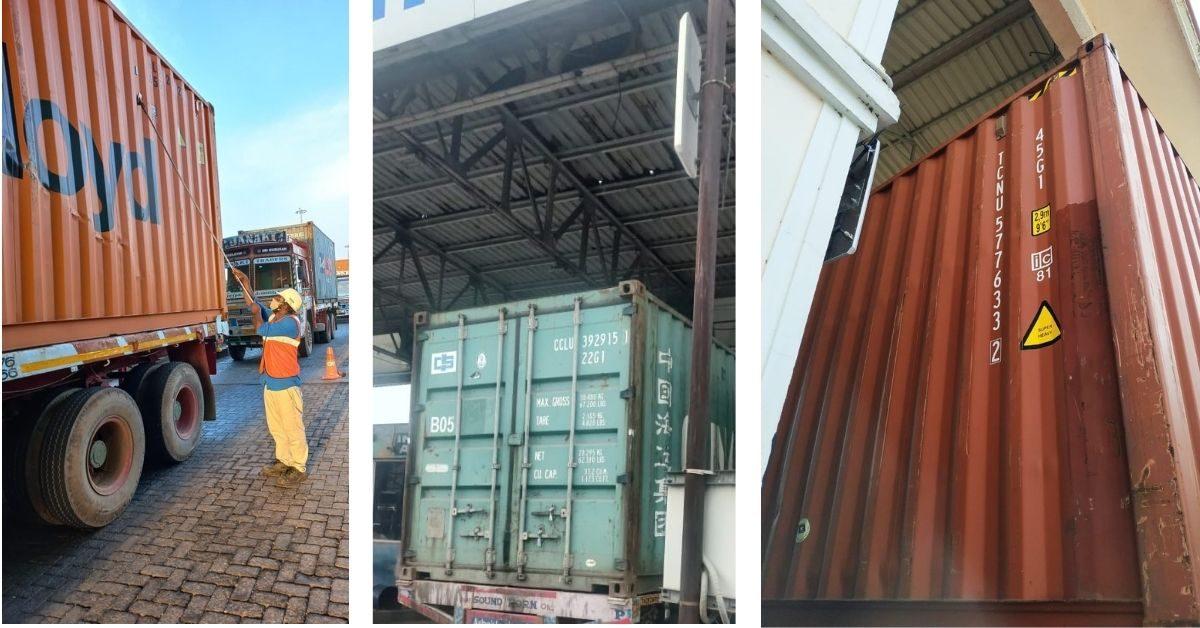NLDS’s Logistics Databank (LDB) solution with the usage of big data, analytics and IoT has strengthened the focus of supply chain management companies towards building in the efficiencies at an “end-to-end” level as against a “piece” level approach followed previously by individual logistic players.
Almost till mid 2015, India witnessed logistics systems, many of which were operating individually with minimal handshaking points and was causing challenges leading to higher transaction costs across the country. Some of the major challenges faced were with respect to unknown whereabouts of the containers, incessant delays, lack of accountability and high costs wherein the trade preferred truck transportation over trains which also led to high costs in addition to higher carbon footprint . There was no mechanism to track the goods in real-time. A major chunk of the calls that freight forwarders received were from inquisitive shippers/consignees enquiring about the status of their cargo movement – whether it has reached the port in-time? Whether it has been loaded onto the desired ship?
To combat this lack of transparency in tracking of goods and avert ‘running out of stock’ scenarios, manufacturers started overstocking the inventories. This unnecessarily added to their expenses and made attracting foreign investments a difficult proposition. To address this challenge and effectively connect the physical infrastructure of Indian logistics with a effective IT infrastructure, the Government of India (GoI) started with a series of initiatives towards this objective. This lead to the formation of NICDC Logistics Data Services (NLDS) aiming at effectively leveraging power of information technology to improve Indian logistics cost and inculcate the best practices by bringing in transparency, visibility and indepth analytics
The LDB Project provides visibility to logistic sector
LDB (Logistics Data Bank) project is the flagship project of NLDS which aims to bring visibility and transparency in the Indian logistics system through an IoT, big data and cloud-based visualization platform. It works by affixing RFID tags to EXIM containers starting from their import journey and deassociating them when they leave the ports. Positional information of the containers is tracked through the RFID readers installed at locations such as toll plazas, port entrances and exits, inland container depots (ICD), container freight stations (CFS), industrial zones, empty yards and integrated check posts bordering to Nepal and Bangladesh. To track the consignment, stakeholders need to browse the website (www.ldb.co.in) or use the mobile application and enter the container number. Further, LDB system is integrated with systems of port terminals and Frieght Operation Information Systems of Railways towards effectively capturing the information and also provides high visibility for EXIM containers through collaboration with GPS based international service providers.
Today, LDB works across 27 container port terminals and handles 100% of the container volume of the country. LDB has provided visibility to more than 42 million EXIM containers till date and has covered more than 60 toll plazas and 170 + CFS, ICD’s, empty yards, ICPs under their belt.
The technology platforms which make LDB project more effective are:
- FIWARE: seamlessly collect real time data from large number of RFID devices
- BMC Remedy: used for Intelligent & predictive service management.
- Hadoop Platform: used for storing and distributing large data sets across servers.
- TABLEAU: helping in simplifying raw data into a very easily understandable format.
- NAGIOS: for server application and data flow monitoring.
With extensive expansion in coverage and increase in number of containers handled by LDB; FIWARE has provided many advantages to LDB like, real-time data processing, high volume transactional data management, multiple IoT data format /device protocol support, enhanced security for IoT devices to name a few.
LDB publishes periodic analytic reports for the EXIM container stakeholders for Government as well as for enterprise businesses. The reports provide in-depth analysis to the stakeholders helping them understand where they stand with respect to the competition, region wise, as well as, pan India and also inculcate best practices to address dwell time, congestion, identification of top leaders and bottom players as well. Analytical reports are effectively helping in identification of business problems and improve operatonal efficiencies. NLDS is planning for extensive coverage in the coming years—connecting hinterlands with all ports of India to maximise visibility, thus, reducing logistics cost. Going forward, NLDS intends to cover more industrial zones for first and last mile visibility and empty yards for empty container visibility.







